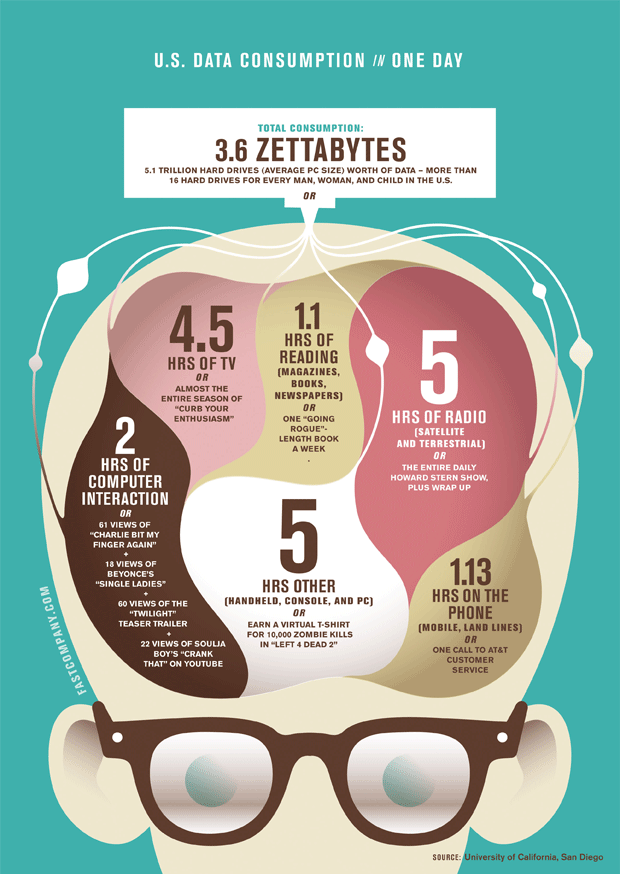Paywalls – I’m Not A Fan
 The New York Times announced the details of their ‘pay for play’ model this week in an email to all of their digital subscribers, as well as through posts on their website – informing it’s readers of the specifics of how we can best access their content moving forward. Break out your wallet, it’s gonna cost you. Personally, I’m not a fan of paywalls. I understand these publishers have a business to run, but I think that there are other ways to monetize.
The New York Times announced the details of their ‘pay for play’ model this week in an email to all of their digital subscribers, as well as through posts on their website – informing it’s readers of the specifics of how we can best access their content moving forward. Break out your wallet, it’s gonna cost you. Personally, I’m not a fan of paywalls. I understand these publishers have a business to run, but I think that there are other ways to monetize.
In this instance, you’ll have to pony up $35 a month if you want to access content across all your digital devices. That’s ridiculous. If I want to read on my computer, my iPhone, or my iPad (when I get one) there is not one rate. If I want to consume digitally on my computer + my iPhone it costs me $15/mo. If I want that same access on my iPad – it doesn’t simply fold in an extra fee – it starts the meter all over again and charges me $20/mo. If I want all three, again – not a sliding scale but a whopping double dip @ $35/mo. I’m not sure who the financial genius is that devised this subscription model, but they must think very little of the math skills of their loyal subscribers.
There were dozens of article released this week that covered this ‘reveal’ by the NYTimes. One of the best is a deep analysis by John Hudson over at the Atlantic. I specifically love this quote by Megan Garber of Nieman Lab:
“Do people care enough about the Times, as a brand, to pay for content that they can generally get somewhere else? Given the myriad side-door options for article entry, do they care enough about convenience to pay a premium for a friction-free news experience?”
My perspective? No – people will find loopholes to access this content for free – as demonstrated by TechCrunch and the Business Insider. Clearly I have a strong perspective on this – as you can see through many of my tweets this week. I stopped reading the WSJ when they went to a pay for play model, and might just do the same thing for the NYTimes. There are a few columnists that I’ll use my allotment on – namely David Pogue and Stuart Elliott. What I’ll miss most? My New York Times iPhone app – a staple of my plane reading list. I’m sure Google and Instapaper will provide me a way to resolve that soon enough, however.
Oh, and finally – if you clicked on either of the links above where the Times shows you what you get for your ‘investment’ – I’m sorry, I’ve just taken one of your 20 ‘free’ articles away from you. 19, 18…

 Recently I had the opportunity to share some thoughts with
Recently I had the opportunity to share some thoughts with  When I think of
When I think of